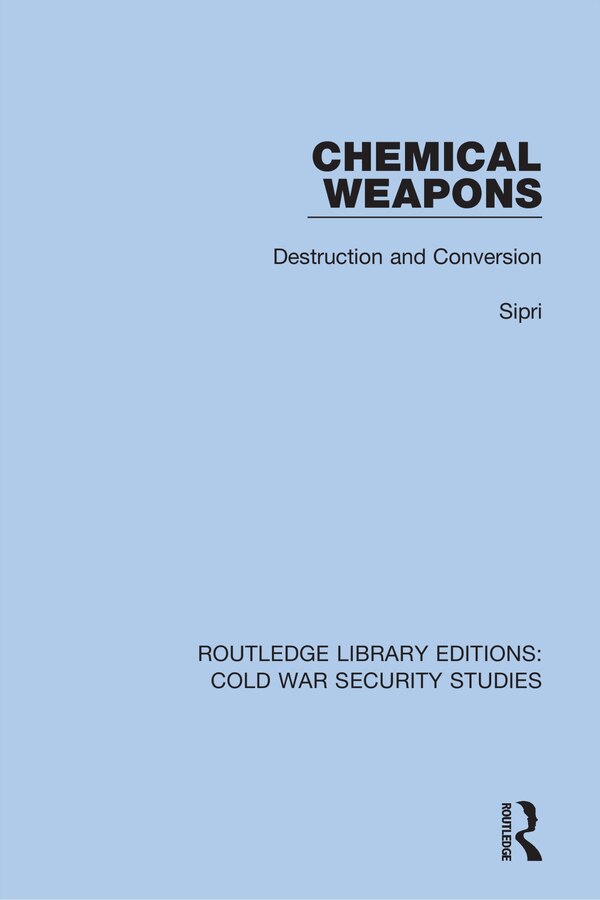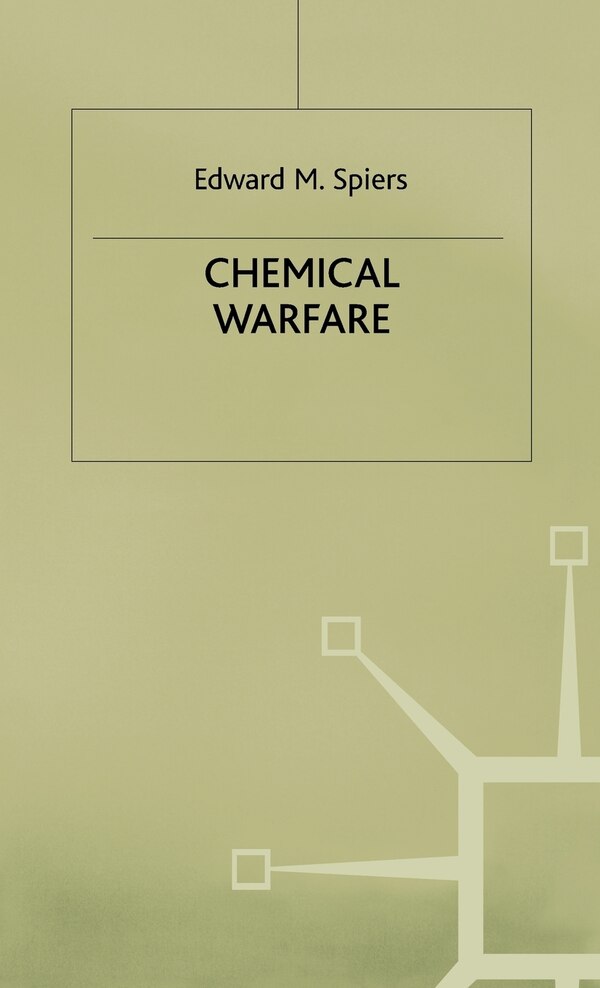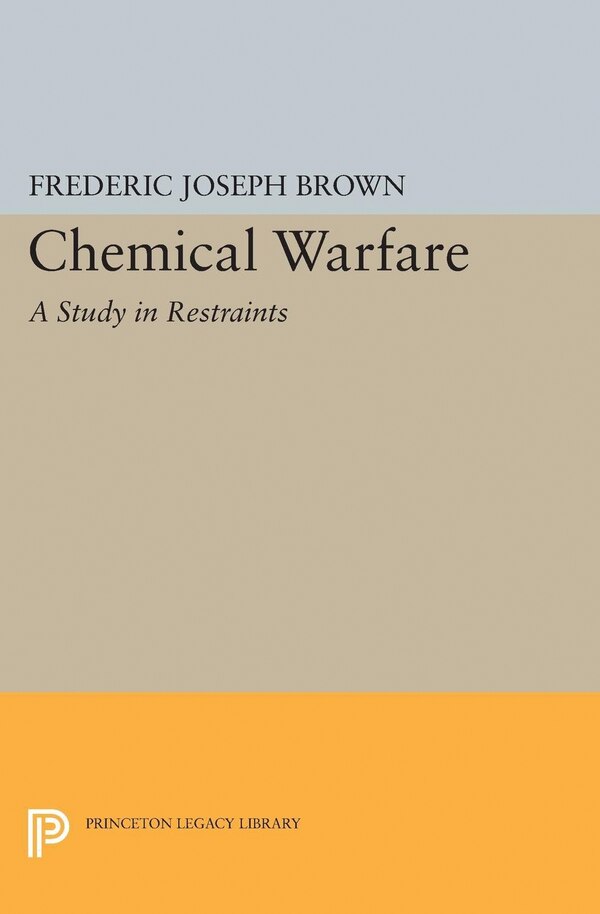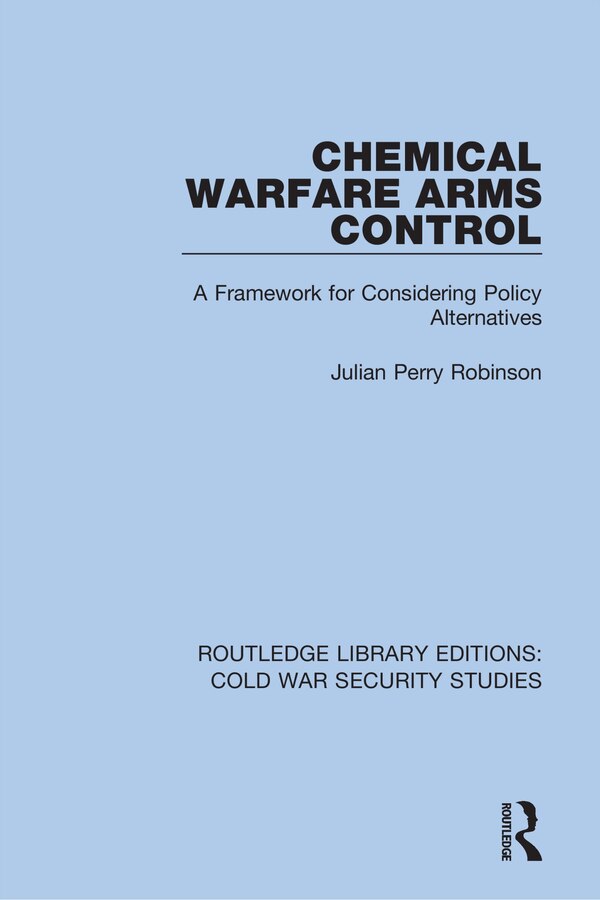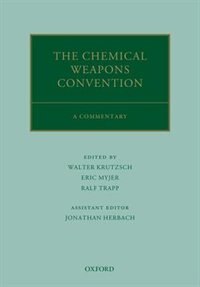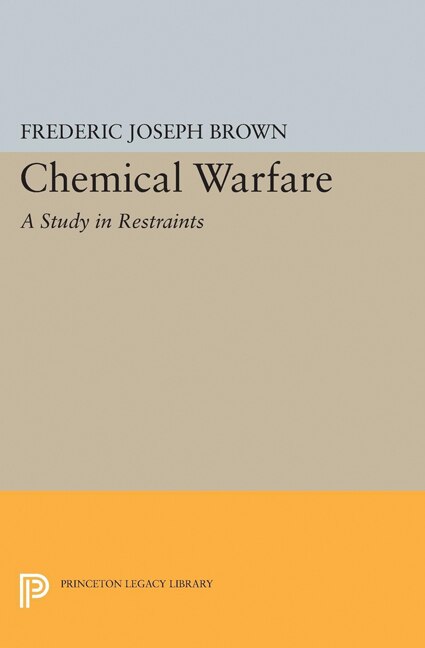Home
Chemical Weapons Destruction and Explosive Waste by Robert Noyes, Hardcover | Indigo Chapters
Loading Inventory...

Chemical Weapons Destruction and Explosive Waste by Robert Noyes, Hardcover | Indigo Chapters
From Robert Noyes
Current price: $229.50
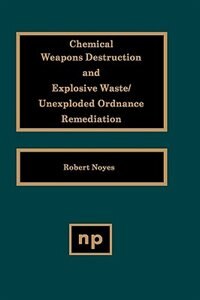

From Robert Noyes
Chemical Weapons Destruction and Explosive Waste by Robert Noyes, Hardcover | Indigo Chapters
Current price: $229.50
Loading Inventory...
Size: 1 x 9 x 1.4
*Product information may vary - to confirm product availability, pricing, shipping and return information please contact Coles
Some of the more difficult environmental problems facing the Department of Defense (DOD) include (1) chemical weapons destruction, (2) explosive waste remediation, and (3) unexploded ordnance clearance and extraction. It is conceivable that $50 to $100 billion will be spent by DOD for these three programs, offering unusual opportunities for environmental engineering and related firms. Military installations are similar to small cities in terms of population, industrial activities, and some types of contaminated sites. However, some cover an area larger than a small state. DOD has operated industrial facilities on its installations for several decades that have generated, stored, recycled, or disposed of hazardous wastes. Many of these activities have contaminated the nearby soil and groundwater. To study and clean up contaminated sites, DOD established the Installation Restoration Program (IRP) in 1975. In 1984, the IRP was made part of the Defense Environmental Restoration Program. The Secretary of Defense delegated cleanup responsibility to the Army, Navy, the Air Force, and the Defense Logistics Agency (DLA). Cleanup actions are usually accomplished under contract with private firms, which are monitored by the services. Most cleanup actions are funded through the Defense Environmental Restoration Account (DERA) and the Base Realignment and Closure Account. Congress established DERA in 1984 to fund the cleanup of inactive contaminated sites on DOD installations. The technology to clean up the conventional hazardous wastes on DOD sites are the same as those utilized for industrial sites, and well-documented by this publisher. However, there are three DOD programs that require the utilization of somewhat unusual or different technologies that have not been as well documented. These three programs are:1. Chemical weapons destruction2. Remediation of explosives contaminated soils and lagoons3. Unexploded ordnance detection, clearance, and extractionThis book discusses the current and potential treatment technologies involved in these three programs. | Chemical Weapons Destruction and Explosive Waste by Robert Noyes, Hardcover | Indigo Chapters


